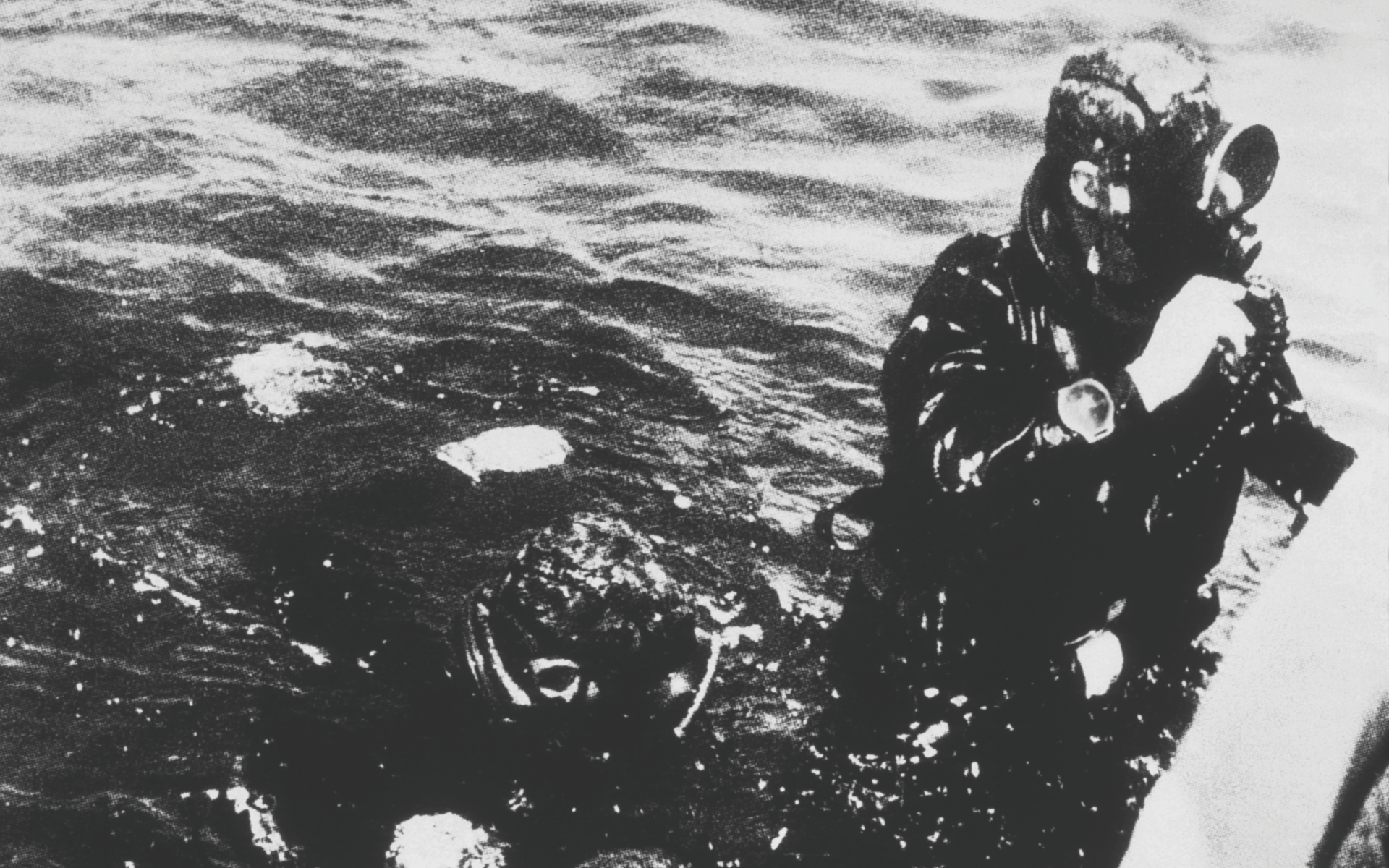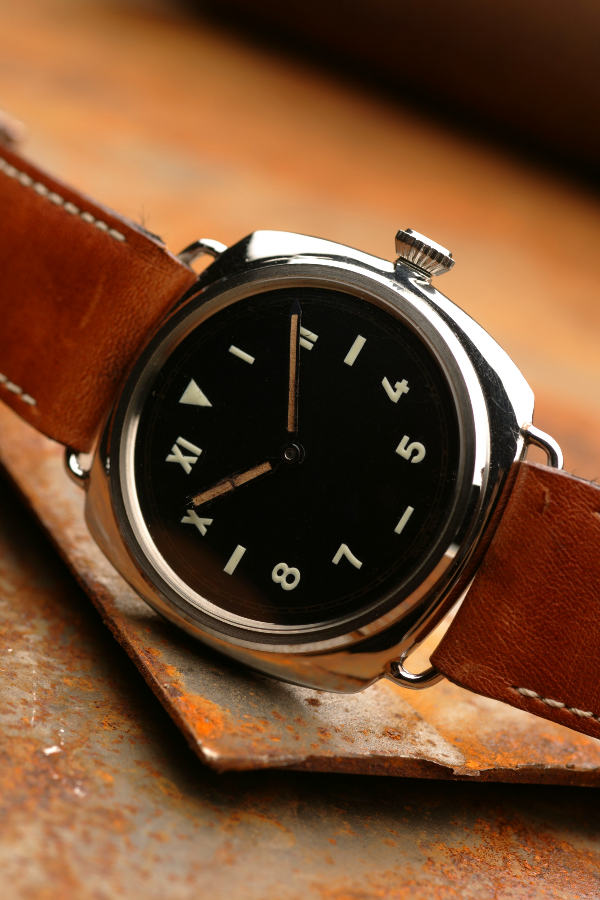
Blancpain’s Fifty Fathoms
Jean-Jacques Fiechter, Blancpain’s CEO from 1950 – 1980, was responsible for Blancpain and Fifty Fathoms’ renown in the diving world. Sometime in the early 1950s and at the request of the French diving corps, Fiechter set out to create a reliable dive watch; as an avid diver himself, this was an assignment he obviously had a personal interest in.
The first thing he did was learn from the mistakes committed by the dive watches of that time – they were too small, largely illegible and, worst of all, not waterproofed enough.
Must-read: 5 simple rules to starting a luxury watch collection







